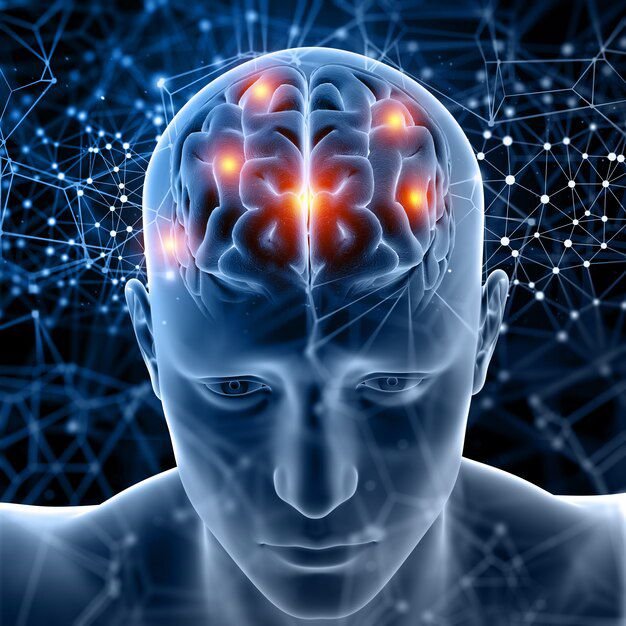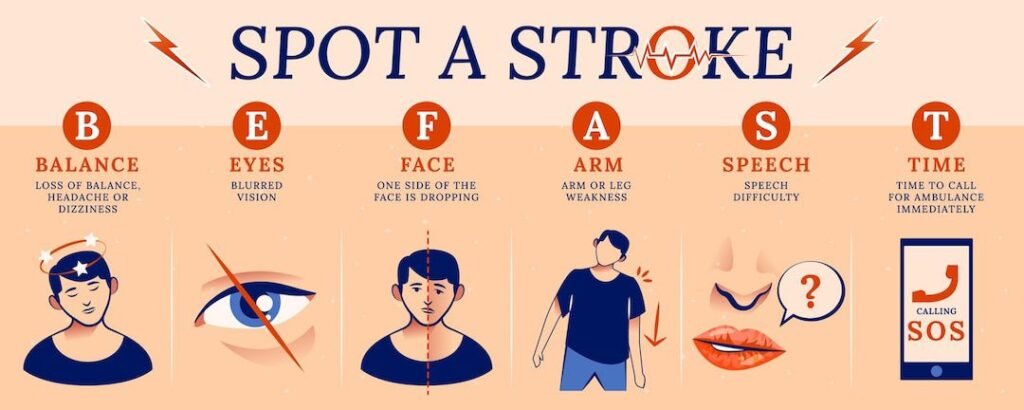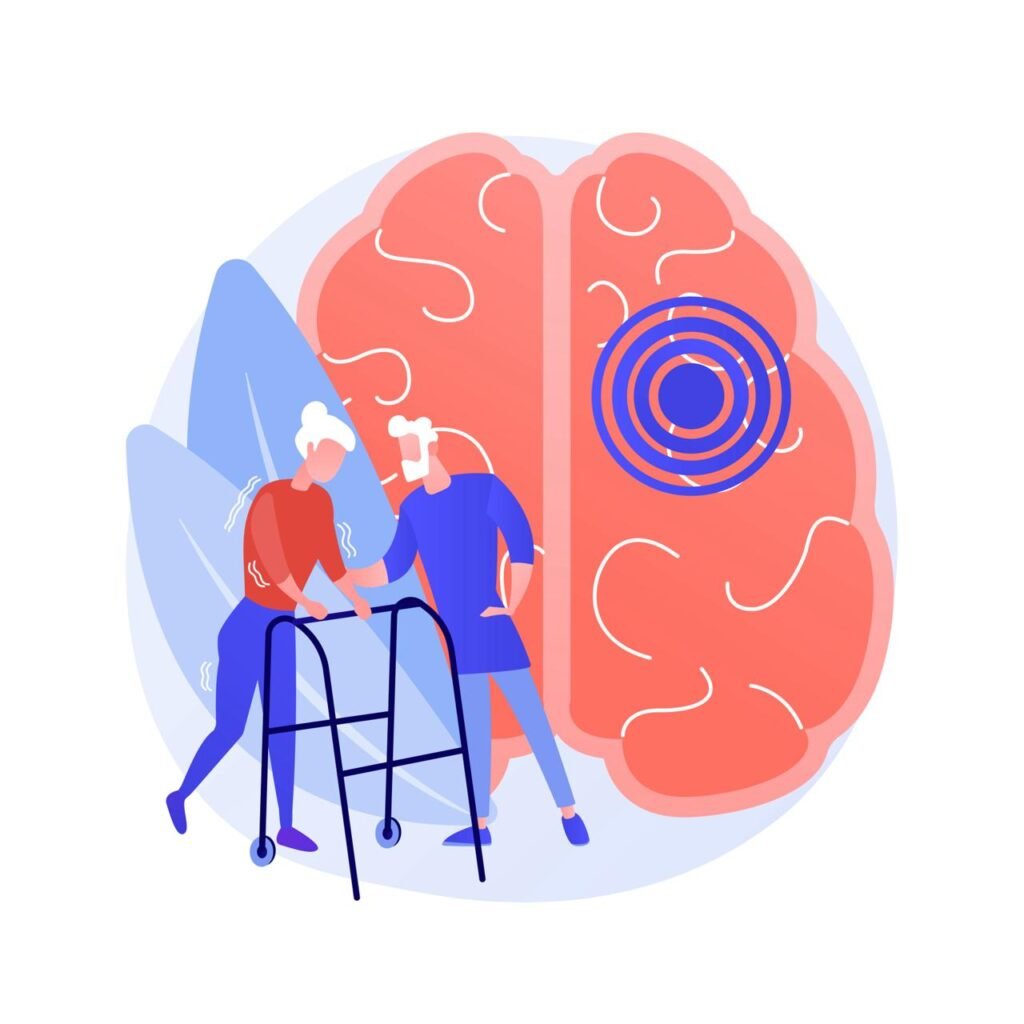Stroke is a life-altering condition that affects millions of people worldwide every year. It occurs when the blood supply to the brain is interrupted, leading to the death of brain cells and causing various physical and cognitive impairments. One of the most effective ways to recover from a stroke and regain independence is through physical rehabilitation (Physiotherapy). In this blog we are going to see how physiotherapy plays a vital role in the rehabilitation process after stroke.

Goals of Physiotherapy after Stroke
Physiotherapy after a stroke is crucial for several reasons. Firstly, it helps individuals regain control over their bodies and improve their motor functions. Stroke survivors often experience muscle weakness or paralysis on one side of the body, which can make it difficult or even impossible to perform daily activities such as walking, dressing, or eating. Through physical therapy, stroke survivors can regain strength, improve their balance, and relearn how to perform their essential tasks.
Physiotherapy focuses on improving physical function, mobility, and overall well-being. Here are some key reasons why physiotherapy is crucial for stroke survivors:
- Regaining Motor functions
- Balance and co-ordination
- Restoring mobility
- Pain management
- Adaptation to the changes
- Psychological and Emotional Support
In addition to the physical benefits, physical rehabilitation after stroke also has a positive impact on the overall quality of life for both stroke survivors and their caregivers. As individuals regain independence and improve their physical functioning, they often experience increased self-esteem and a sense of accomplishment. This, in turn, leads to reduced dependency on others for support and improved social participation.
How Physiotherapy Helps In Stroke Recovery
Physiotherapy is a personalized and adaptive process. Here’s how it supports stroke recovery:
Early Mobilization:
Initiating physiotherapy early after a stroke is crucial. Early mobilization helps in reducing the risk of several complications such as deep vein thrombosis, pressure sores, and pneumonia. Additionally, it also sets the foundation for better long-term recovery outcomes.
Task-Specific Training:
Physiotherapists focus on task-specific training, which involves practicing real-life activities to improve functional independence. This could include walking, sitting, standing, etc.
Neuroplasticity:
Physiotherapy works on the concept of neuroplasticity, the brain’s ability to reorganize itself by forming new neural connections. Repetitive, targeted exercises can help retrain the brain and improve motor function.
Individualize Exercise Programs:
Physiotherapists often works on the tailored exercise programs that helps to address the unique needs of each stroke survivor. These programs may include strength training, flexibility exercises, balance training, and coordination activities.
Use of Assistive Devices:
Physiotherapists may recommend assistive devices such as canes, walkers, or orthotic devices to support mobility and safety during the recovery process.
Conclusion
In conclusion, physical rehabilitation after stroke is essential for maximizing recovery and regaining independence. It not only helps stroke survivors regain motor skills and physical functioning but also plays a crucial role in preventing secondary complications and improving cognitive function. By engaging in regular physical therapy sessions, stroke survivors can continue to improve their quality of life long after the initial recovery phase. It is important for healthcare professionals, caregivers, and stroke survivors themselves to recognize the importance of physical rehabilitation and incorporate it into their stroke recovery plan.
-By Dr. Virendra Vikram Singh (Physiotherapist)








